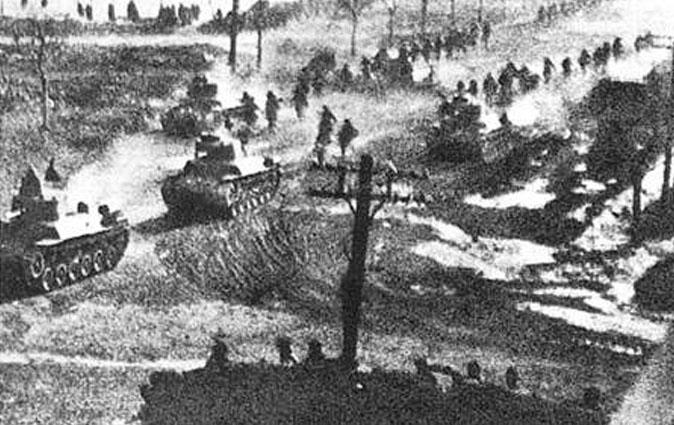On Dec. 11, the Bucks were the only team to beat Golden State this season.
A week later, for roughly 40 minutes of play, they looked poised to do it again in Oracle Arena.
Of course, Golden State ultimately won the game 121–112 to improve to 26–1, while the Bucks dropped to a dismal 10–18. But it still stands that the Bucks have given the Warriors the most trouble this season. In the process of understanding why the Bucks match up so well against the Warriors, we uncover a potential blueprint for beating the Warriors.
Defense
On defense, it’s clear what the Bucks were doing. The Warriors possess perhaps the greatest shooting backcourt in NBA history, so the Bucks put all their marbles into making sure those two didn’t get shots off. In the Bucks’ victory, they held Golden State to 6 three-point field goals—their lowest total of the year. In their second bout, Golden State was still held to 9 three-point field goals—tied for their third lowest total of the year. Basically, as soon as Klay Thompson or Stephen Curry have the ball off a screen, the Bucks double them without a moment’s hesitation, thereby forcing anyone but those two to make a play.
Of course, the reason why the Warriors are so good is because they have so many ways to beat you. You can double Curry or Thompson, but in situations like these, the playmaking Draymond Green is a lethal option. After Green receives the outlet from a doubled Curry or Thompson, if he is very open, he is a more than capable three-point shooter. But more often, he will penetrate toward the rim. The defense is then forced to pick its poison—let Green advance to the rim or bring another defender over to help. In the case of the latter, Green then uses his superb court vision to find the player who is subsequently left open, often resulting in a three-pointer.
Thus to prevent this second wave of offense run by Green, you need two things: a shot-blocking big man who can meet Green at the rim, and long, perimeter defenders who can provide intermediate help while also possessing the speed to close out shooters in a hurry. In terms of perimeter defenders, the Bucks have pretty much a prototype in Giannis Antetokounmpo. He was the big man they lacked versus the Warriors. With center Greg Monroe at less than a hundred percent, Monroe not only failed to protect the rim but was even a liability on defense, with the Warriors often picking on him on fast breaks. But in an ideal situation, if you have these two things—combined with running Curry and Thompson off the thee-point line—you have a pretty good shot at slowing the Warriors’ offense.




